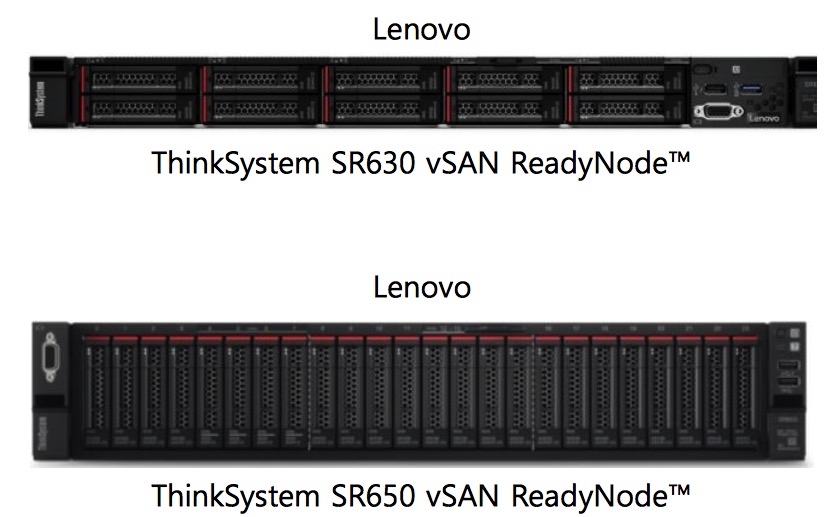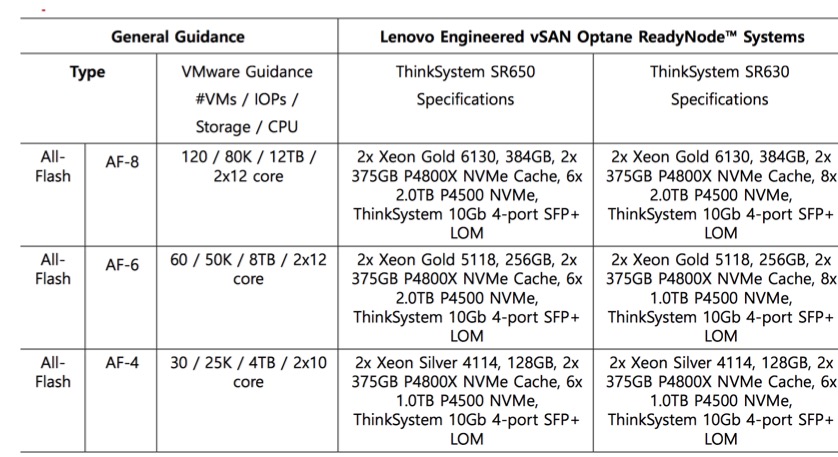Jevons Paradox of Performance in Data Center
Lenovo, Intel and VMware worked to solve real issue that has been limiting performance of virtualized applications.
This is a Press Release edited by StorageNewsletter.com on July 3, 2018 at 2:37 pmThis article was published on Lenovo’s blog.
The Jevons Paradox of Performance in the Data Center
In economics, Jevons paradox states that when a resource is used more efficiently, the consumption of that resource actually rises due to the lower prices and/or increased availability of the product.
Nowhere in the data center is that more true than when you look at server performance. As server performance increased, so did the implementation of new applications like virtualized infrastructures, machine learning, data analytics and customized apps that improved employee productivity. The performance demands of these new applications then increased exponentially as they moved to full production.
For a long time, the industry has been applying bandages to existing architectures, but in all too many cases, this has been a temporary solution that just increases cost but doesn’t deal with the root cause of the problem. As a result, many enterprises have had to just work with a system that is not delivering optimal results, costing them revenue, customers and competitive advantage.
Lenovo Enterprise Solutions, Pte Ltd, Intel Corp. and VMware, Inc. jointly worked to solve the real issue that has been limiting the performance of virtualized applications. Storage has always been a bottleneck in compute systems because of the vast performance difference between the storage subsystem and CPU and memory. In the time it takes a SAS/SATA-based disk to retrieve data, a modern CPU can execute tens of millions of instructions and hundreds of thousands of memory accesses.
Compounding the problem, traditional storage arrays require siloed, specialized skills sets, manual processes and dedicated, expensive networking equipment. Applications that scale linearly, such as virtual desktop interface (VDI), and next-generation workloads, are a poor fit for this traditional infrastructure. As organizations virtualize their most business critical applications, this has become more and more obvious … and more and more of a problem.
VMware vSAN has addressed the ease of use, skill set and scaling issues issues associated with traditional storage. In fact, over half of new vSAN users report they’re experts within 30 days of adoption. Now using Intel Optane technology in the Lenovo ThinkSystem SR630 and SR650 servers, VMware vSAN ReadyNodes can bridge the storage performance gap by using an interface designed for high performance and a non-volatile memory technology that can provide data at almost the speed of DRAM.

Click to enlarge
With these new Lenovo vSAN ReadyNodes with Intel Optane technology customers can expect:
- 4x the performance and throughput over previous SSD technologies and 10x lower access latency (1)
- To converge diverse workloads on the same hyperconverged infrastructure without impacting performance
- Realize a more than a 50% increase in VM density (1)
- Concurrently run high transactional mission critical workloads that require fast storage
- Get 37% better price performance (1)
Details on Lenovo vSAN ReadyNodes with Intel Optane technology
What’s the bottom line for customers with these new VMware ReadyNodes from Lenovo? It’s that you will be able to consolidate more workloads and deliver IT services more efficiently than you ever have before. It’s clear that now is the time to start planning for VMware vSAN on Lenovo Servers powered by Intel Optane SSDs.
(1) Based on internal testing by Lenovo in a controlled environment. Actual performance results depend on the exact customer workload environment.














 Subscribe to our free daily newsletter
Subscribe to our free daily newsletter

